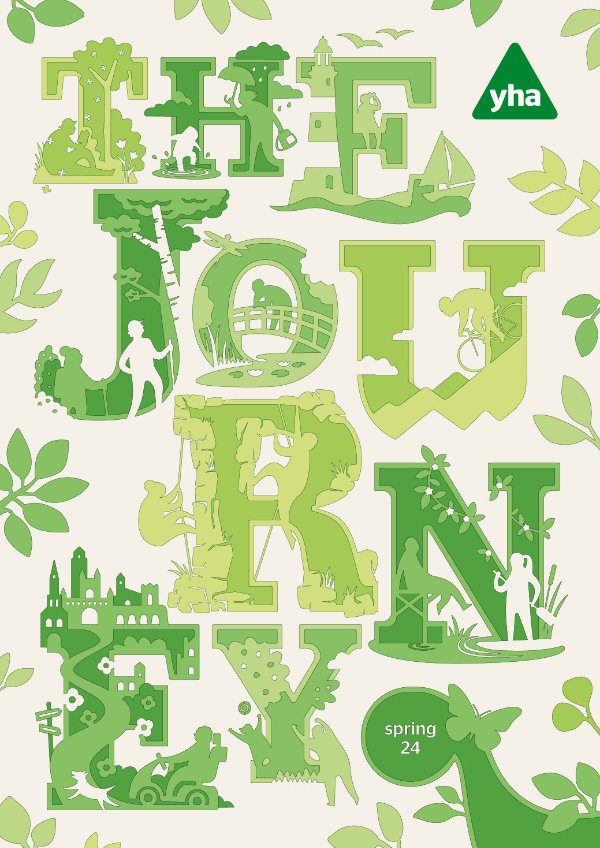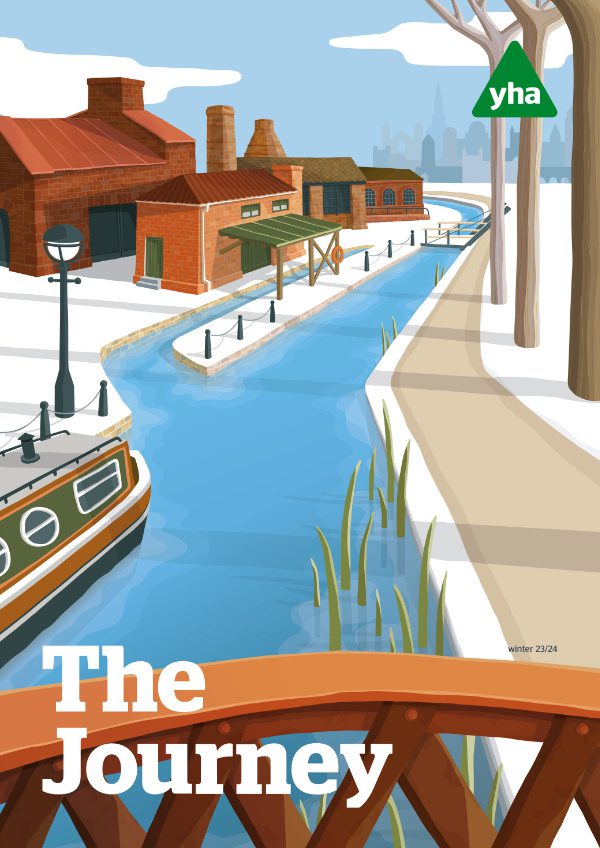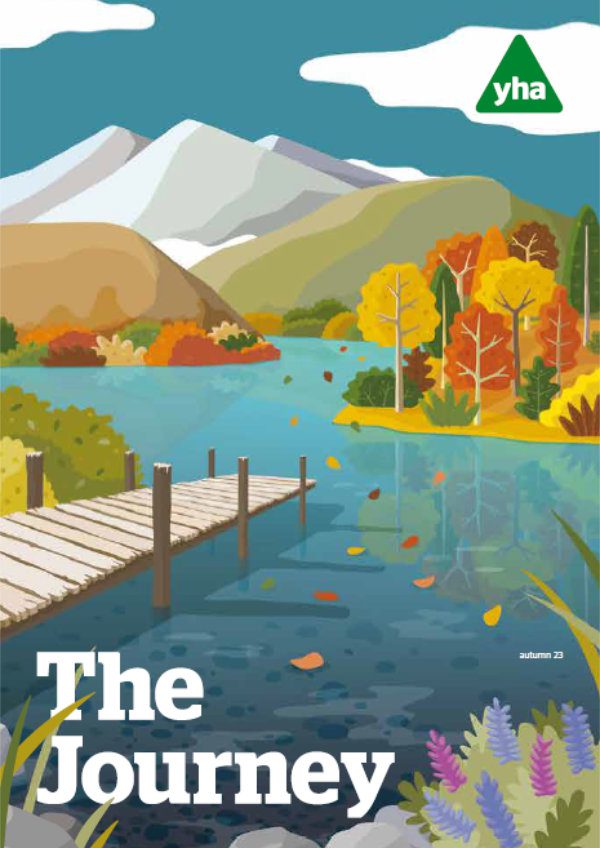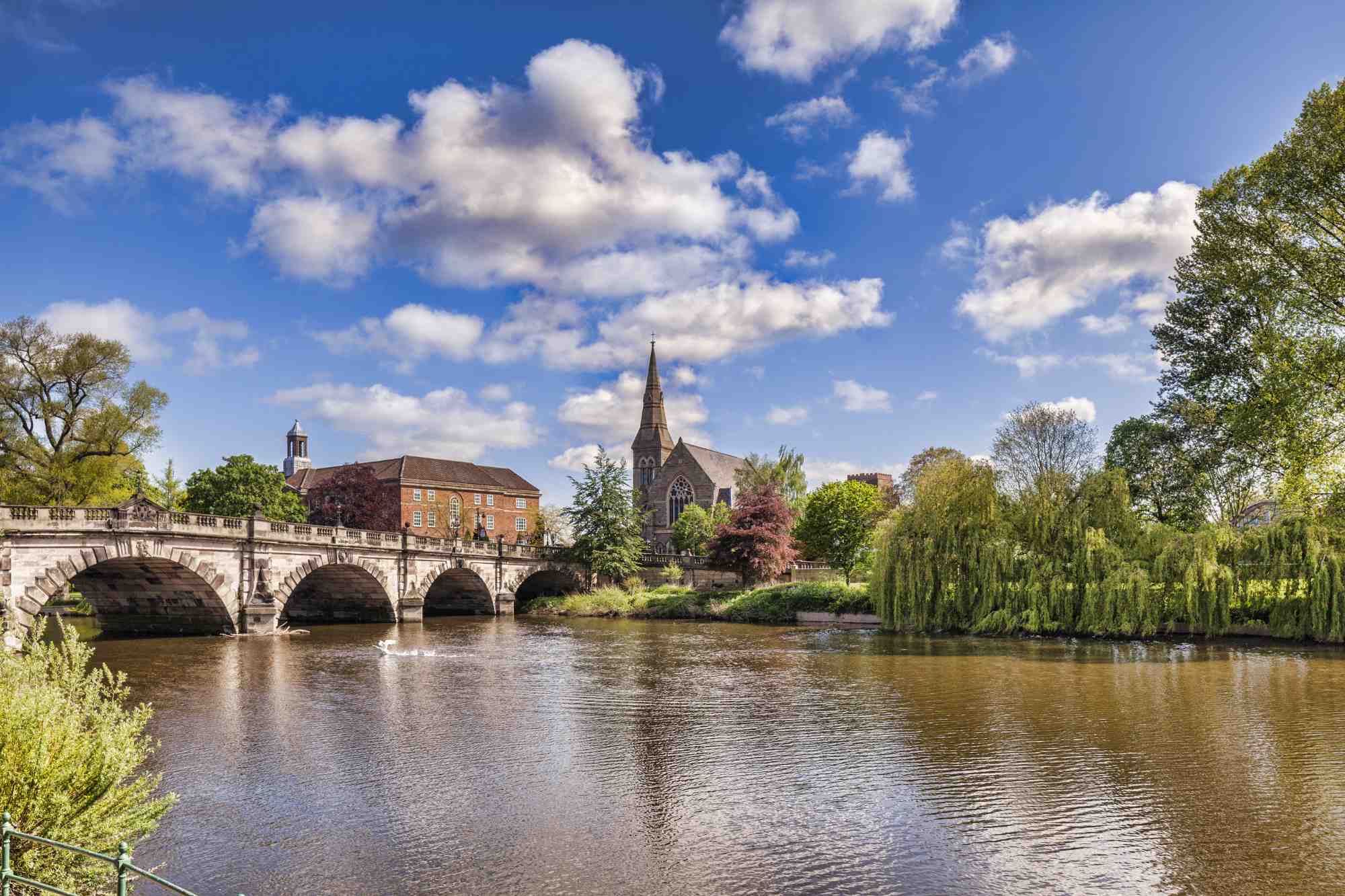From the founding of Ordnance Survey 230 years ago to the digital era of maps today, how has OS mapping changed over time? Ordnance Survey’s Jessica Baker and Joss Harris talk us through the history.
Ordnance Survey has been mapping Britain since 1791. Today, governments, businesses, the military and, of course, walkers and outdoor enthusiasts rely on the maps and data that the organisation provides.
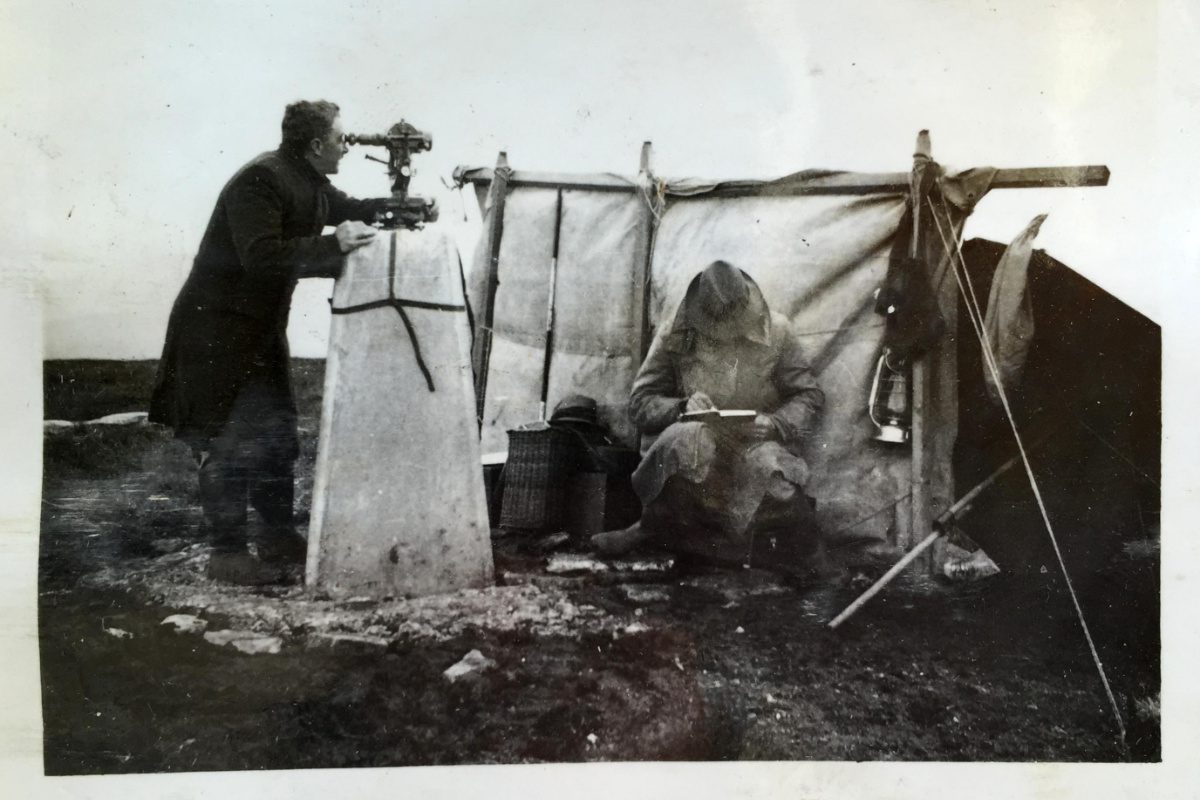
Ordnance Survey’s origins lie in military strategy, with the Scottish Highlands first being mapped after a rebellion in 1745. Later, as the French Revolution rumbled across the channel, the government decided it should also survey England’s exposed southern coasts. For this task, the Board of Ordnance was founded on 21st June 1791. It took a further decade, however, for the first map to appear.
The 1801 map
Identified as having the most vulnerability in its coastline and therefore the highest susceptibility to attack, the first map OS created was that of Kent, England’s most south-easterly county. Because of its specific purpose, the map focused on communication routes and included hill shading to ensure understanding of the landscape for the military.
Mid to late 1800s
In 1841, the Surveyors Act gave OS surveyors a legal right to enter into and upon any land for the purposes of making and carrying out a survey. Zincography (using zinc sheets) began to replace lithography (using stone) as a method of printing, with copperplate engravings still used for the one-inch maps. In 1855 photography was introduced to the mapmaking process and there became an increased demand for accurate maps at a variety of scales. 1887 saw colour printing begin.


1900-40s
The First World War caused OS staff to be posted overseas but, despite this, it went on to print 33,000,000 maps during the conflict (and an astonishing 342,000,000 during the Second World War!).
Following the First World War the nation wanted to get outside and explore, bringing more cyclists and motorists onto the roads, and sending ramblers out into the countryside. This led to relevant features such as roads and footpaths being emphasised on OS maps. Leisure mapping was born.
On 18 April 1936, the trig pillar was first used in the retriangulation of Great Britain. On this day, a group of surveyors gathered around a white concrete pillar in a field in Cold Ashby and began the monumental task of mapping Great Britain. The retriangulation of Britain was completed in 1962, and OS maps all began to use a reference system called British National Grid to identify the position of any feature. Aerial surveying was also used alongside field surveyors to speed up the processes.
1970-80s
These decades saw the advent of digital mapping. Computers were first used in 1971, but it wasn’t until 1995 that 230,000 maps were digitised. Britain was the first country in the world to complete a programme of large-scale electronic mapping.
2000s
In 2001 OS MasterMap was launched. From topography to green spaces, OS MasterMap today includes 500 million real-world objects including roads, buildings, parks and waterways. It is relied on by thousands of customers across government and the public and private sector.
2015, meanwhile, saw the introduction of the OS Maps app, which offers instant access to every OS Explorer and OS Landranger map to view, print or download.
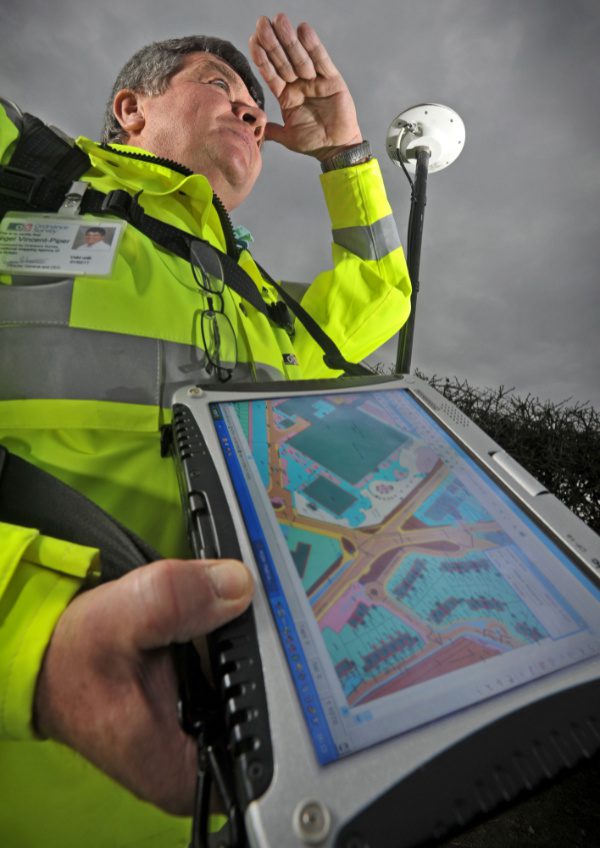
Today
The modern equivalent to trig pillars is the OS Net network of more than 110 Global Navigation Satellite System (GNSS) receivers. Surveyors use OS Net and GNSS technology every day to instantly position new map detail to within a few centimetres.
What took many hours at Cold Ashby in 1936 can now be done in seconds, and to a far greater degree of accuracy.
YHA members get up to 20% off Ordnance Survey maps – find out how to become a YHA member.
Discover more about Ordnance Survey.
Read next: A tale of seven cities – explore our guide to literary locations.
